Tucked away in the old El-Daher neighbourhood in the heart of Cairo lies one of the gems of the city: Sakakini Pacha Palace, whose silhouette towers over the square named after the palace’s first owner.
This boldly decorated, multi-domed, architectural masterpiece is set to open to the public again this year, but what is the story behind this 123-year-old gem?
El Sakakini Palace was built in 1897 by the head of the Syrian Sakakini family, Gabriel Habib Sakakini Pacha, who lived from 1841 to 1923. He first arrived in Egypt to work with the Suez Canal company in Port Said but later moved to Cairo, where he built this beauteous edifice we enjoy until today.
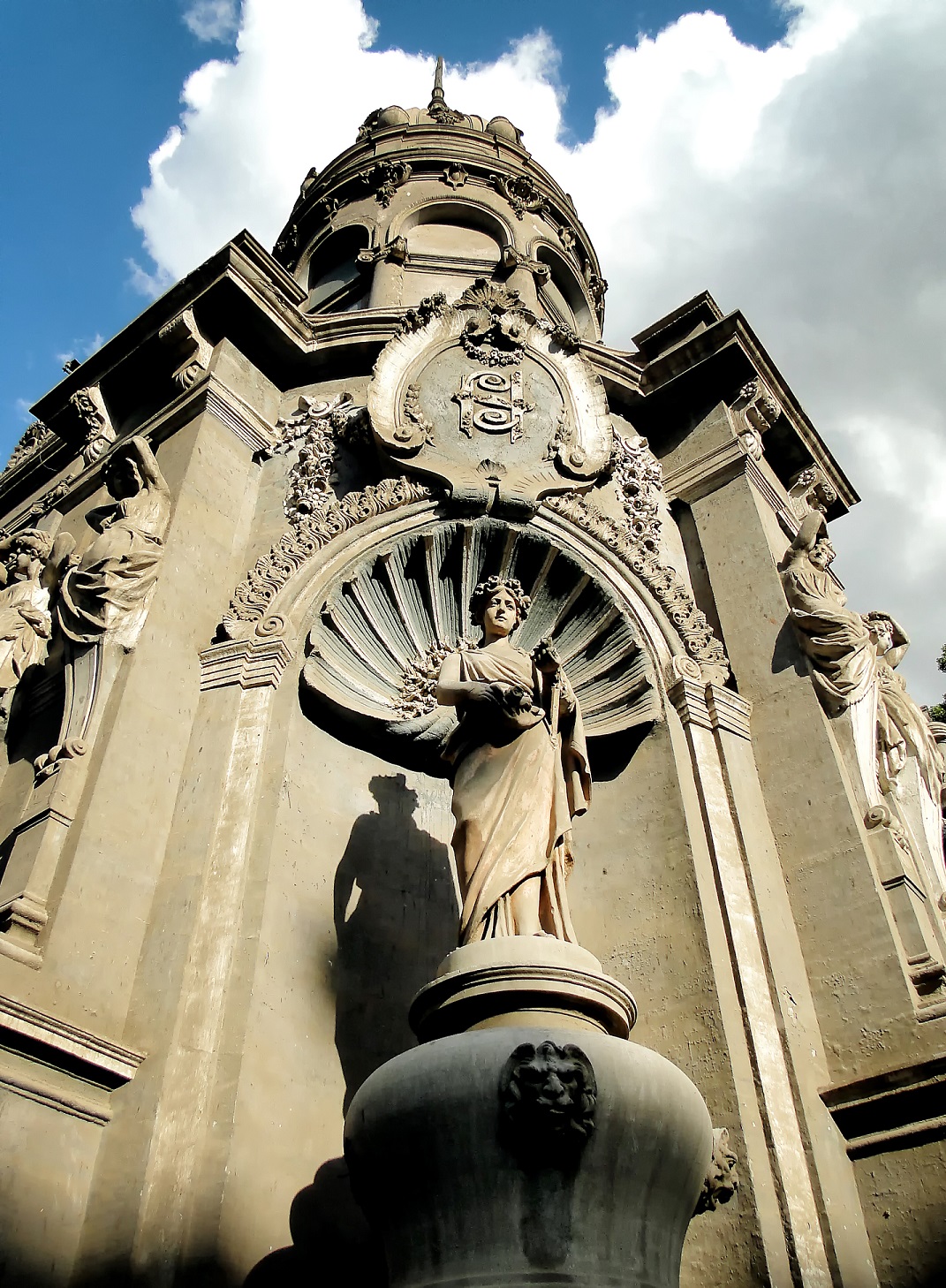
Constructed in the lavish French Rococo style of the 18th century, the palace is decked with elaborate sculptures of young women and children, and its ceilings are painted with scenes typical of the style to which it belongs.
The inside of the palace is home to the marble bust bust of the late Sakakini Pacha, as well as unique relics such as the famous Dorrat Al-Tag (Crown Jewel) sculpture of a young girl, and the remnants of an impressive crocodile statue.

While he resided in Cairo — later as a contractor — Sakakini Pacha was responsible for building other notable structures and sites such as the old Roman Catholic Cemetery in old Cairo. He also established the Roman Catholic Patriarchate in old Cairo.
The district around the palace became known as Hayy El Sakakini (El Sakakini District), and was later home to a number of notable figures, among them the late Palestinian President Yasser Arafat, who was raised there.
In years past, the palace housed historical medical artefacts, which will likely be displayed again upon the opening of the palace to the public this year.
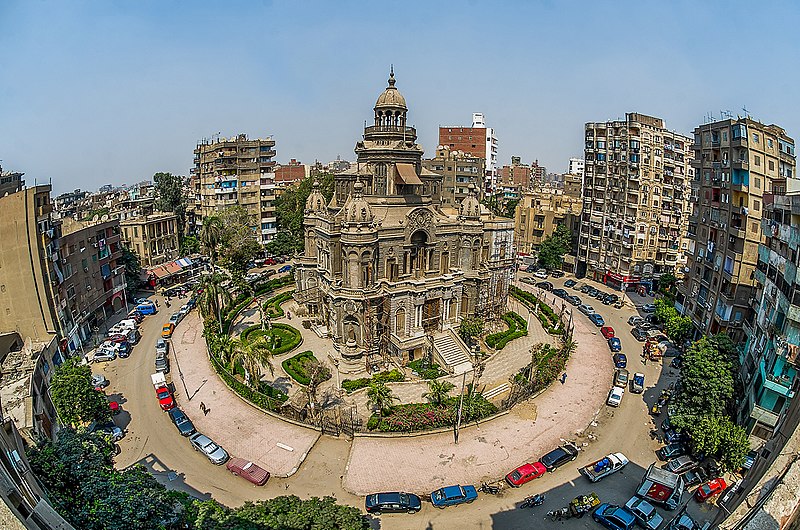



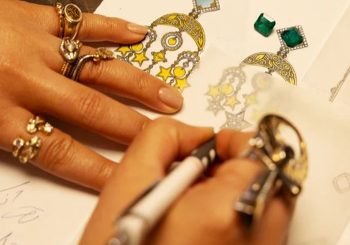
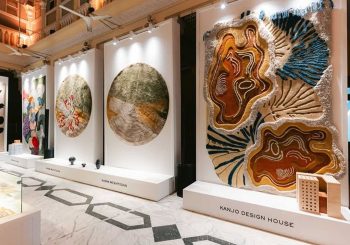
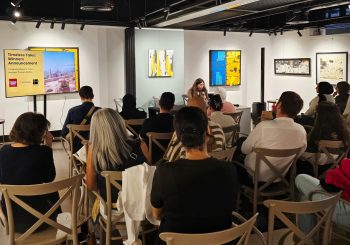
Comment (1)
[…] architect in 1897 and owned Count Gabriel Habib Sakakini Pasha (1841–1923), the head of the Syrian Sakakini family, and it took 5 years to build. He first arrived in Egypt to work with the Suez Canal Company in […]